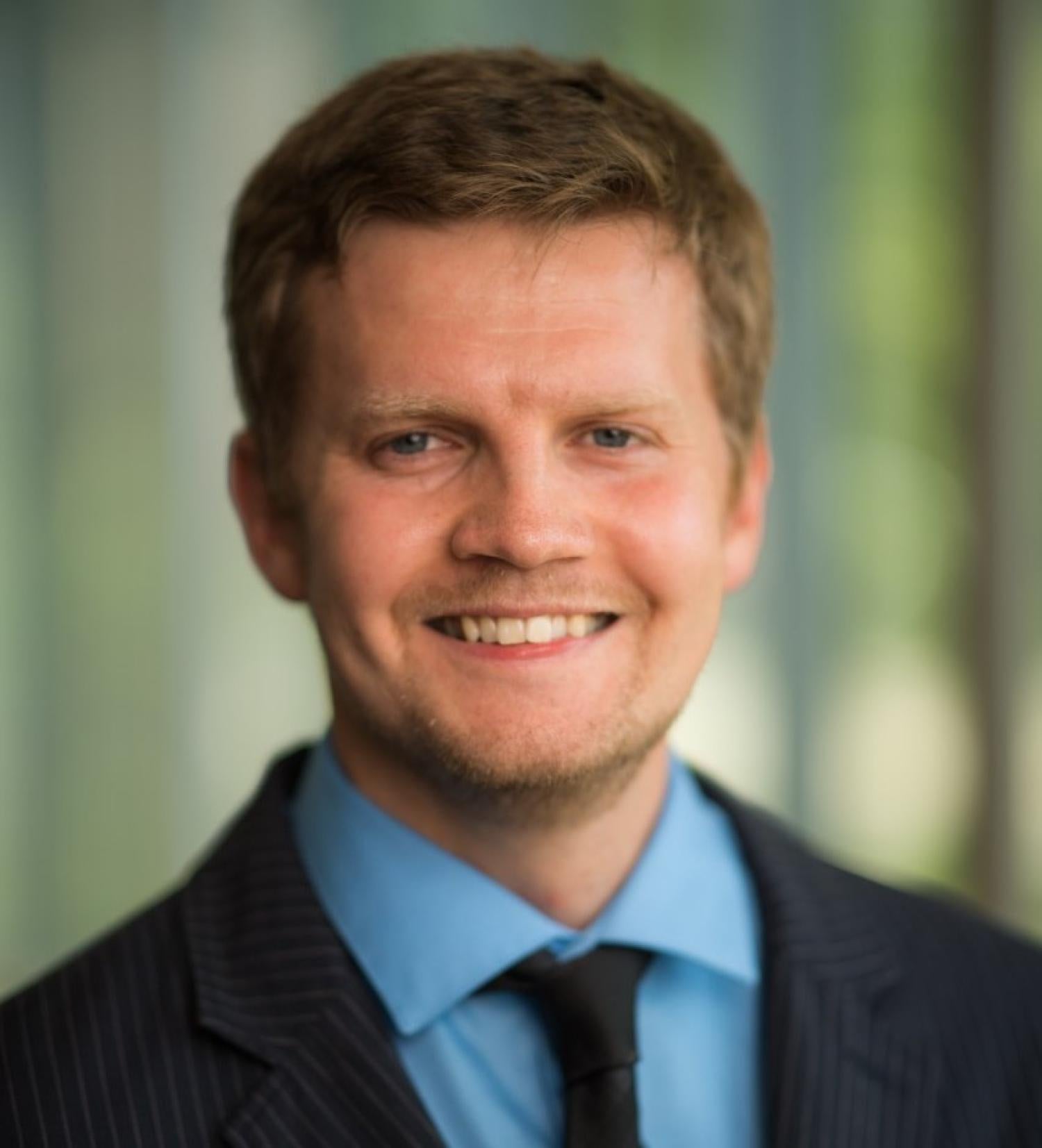Daniil Andrienko
- Principal Research Associate
- MATERIALS IN EXTREME ENVIRONMENTS
- HYPERSONIC SYSTEMS
Daniil A. Andrienko received his Ph.D. in Applied Physics in 2013 from the Moscow Institute of Physics and Technology and a second Ph.D. in Mechanical Engineering in 2014 from Wright State University. Later he was appointed as a Postdoctoral Research Fellow at the University of Michigan and as an assistant professor at Texas A&M University. Presently he is a Principal Research Associate at the Center for National Security Initiatives at the University of Colorado, Boulder.
Dr. Andrienko specializes in computational models of extreme environments. This includes the areas of computational fluid dynamics, molecular and quantum dynamics, spectroscopy, aerothermochemistry and radiation transfer, gas-surface interaction, and material response. High-performance computing is a glue connecting these research areas.
Gas-surface interaction and material response: Materials tend to get very hot when exposed to extreme conditions. Depending on the design of the thermal protection system (TPS), either intensive ablation of the TPS occurs (Space Shuttle type of TPS) which keeps the temperature of internal structures relatively cool, or the structure reaches a steady-state temperature exceeding that observed in ablative TPSs while maintaining the shape of the structure (TPS characteristic of air-breathing vehicles). The common challenge shared among these TPSs is their response to extreme environments: exposure to high heat fluxes, high temperatures, aggressively reacting atmosphere containing oxygen, atomic radicals, plasma, and response to shocks and vibrations. We develop physics-based models capturing these physical processes on molecular levels, integrate these models with computational fluid dynamics to provide a comprehensive picture of material response, and collaborate with leading experts in manufacturing and testing these materials in order to validate our models.
Computational fluid dynamics: Our interests lay in the coupling of high fidelity models of reactive flows with state-of-the-art computational methods. Toward this end, we have developed a comprehensive numerical package capable of describing a hypersonic flowfield in the vicinity of a re-entry capsule including the modules of thermodynamics, finite-rate chemistry, multi-dimensional radiation transfer, and turbulence.
Molecular and quantum dynamics: Molecular dynamics (MD) is a powerful tool for describing individual interactions between particles (atoms and molecules in gases, plasma, and solids). The centerpiece of any MD-based approach is the potential energy surface (PES) – a function of several variables that gives the forces acting between a pair of atoms. The design of PESs is a multidisciplinary problem itself, making the MD approach a cutting-edge discipline. Having on hands a PES of interest, one can obtain an unprecedented detalization of processes taking place in nature.
Radiation transfer: Interaction of particles with each other often does not occur in a classical manner. As an example, one can think of collisions of heavy particles (atoms and molecules) with electrons and interaction with light (photons). A quantum approach that is not based on the classical equations of motion is required to adequately capture the macroscopic properties of such matter. However, we encounter situations when the classical approach fails also for heavy particles.
Recent investigations of O2-Ar collisions reveal that vibrational deactivation is not properly captured by solving only classical equations of motions (think of upgraded second Newton Law). We have solved Schrodinger equations to discover that the discrepancies are observed at temperatures as low as 3000K – in a hypersonic regime!



